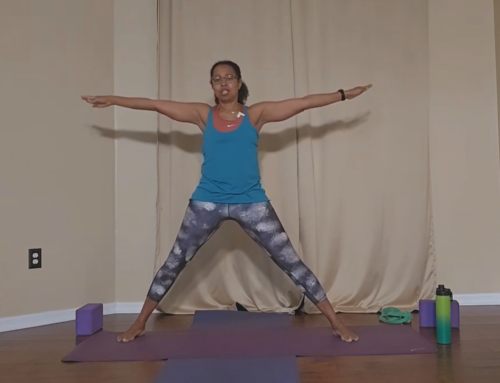Originally published in the June edition of WOW Magazine.
One of the most debilitating conditions can be a headache.
They often make it hard to focus, have patience, or be productive. Headaches range from a dull ache to a throbbing agitation. They can be on one side of your head or filter across the entire head from some initial point. The most common types of headaches are tension headaches, cluster headaches, migraines, and sinus headaches.
As a health observance in June, National Migraine & Headache Awareness Month (MHAM) brings more awareness, education, and support for those impacted by this ailment. Although the evidence is imperfect, exercise can possibly reduce the occurrence of, and /or the severity of headaches and migraines. Each case is different. Some people even experience headaches when they exercise. If that is the case, it is recommended that you seek advice from your health care provider to understand if there is some underlying condition that can be addressed. And you should always consult your physician before beginning any exercise regimen.
Studies show that just about everyone benefits from physical activity.
Aerobic exercise increases blood flow and helps with blood circulation. It causes the release of hormones like endorphins, the body’s natural medicine for pain, and that aids in relieving stress. Exercise also helps to improve sleep. All of these things help relieve stress, which is a major trigger for migraines and other headaches.
Cardiovascular activity or cardio includes but is not limited to walking, biking, skating, and swimming. Everyone should start slowly if just beginning. Even starting with as little as 5 minutes when done consistently can lead to longer durations over time.
Ideally, an exercise program should include in addition to cardiovascular activity, incorporate resistance training, and stretching. They can all be combined in one session or if your preference is to work on these modalities separately, they can be done at different times.
Along with exercise, how you fuel your body can be impactful.
Staying properly hydrated is a crucial strategy to help keep headaches at bay. Many experts recommend drinking half of your body weight in ounces of water per day. If that seems like an insurmountable task, begin by increasing your daily water intake by one or two 8 ounces.
Avoiding sharp fluctuations in your blood sugar levels is another way to decrease the frequency and severity of headaches and migraines. That requires eating nutritious foods and properly fueling your body before and after exercise. Depending on the type of exercise you are doing, it could be that you eat 1-3 hours before and after you exercise. Consider complex carbohydrates and proteins for sources of fuel. Complex carbohydrates are whole plant foods like beans, oatmeal, and sweet potatoes.
There are no absolutes, but for most, what you eat and how you move your body, can indeed help manage headaches and migraines.




Leave A Comment